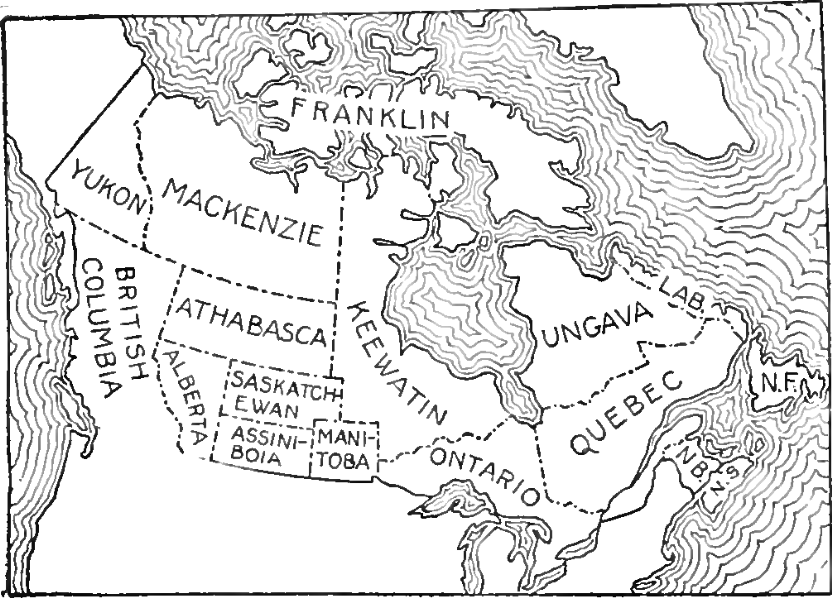<![CDATA[A Canadian archaeologist has recently discovered the first complete example of a cruciform pit home. The discovery was made by University of Toronto archaeologist Max Friesen, on a piece of land in the Mackenzie Delta. These homes were built by the Inuvialuit people from the 15th to the 20th century. Friesen found the home after a five week expedition this summer at the Kuukpak archaeological site, which extends along the Mackenzie River. Friesen claims that this area was home to the largest Inuvialuit settlement in the north-west. The Inuvialuit were an Inuit people who lived in the west of the Canadian Arctic region. They hunted caribou throughout the year, and whales during the summer. Beluga whales were the top of their menu. If you walked on the beach now, you would see an abundance of beluga bones strewn around. This large beluga population is why the Inuvialuit built homes close to and around the area. Previously cruciform homes had only been dug up in parts, never complete. Their legend has been passed down through the centuries from the recollections of elders and the writings of explorers. They are called cruciform houses because they had a central floor area with large adjacent rooms, with the whole structure shaped like a cross. These rooms housed one or two families in them. The benches and roof were made of driftwood, covered with skin and sod for insulation. The central floor area for the discovered house measured seven meters wide and about six meters long, which was huge compared to the size of the general Inuit person. Friesen states that the house was occupied on and off for nearly forty years. After it was abandoned, it collapsed and became completely frozen, making it a nightmare to excavate. Fortunately, the frozen wood is very well preserved, with some seeming as though it had only recently been chopped down before the house was abandoned. Friesen says that the area was home to at least forty of these houses, which considering the number of individuals each house could hold, points to a huge population. He goes on to say that the area is in great danger of being completely eroded, and the scientists are moving fast to extract as many artefacts as they can. On the other hand, the erosion is helping to reveal many of the Inuvialuit treasures buried underground. According to Friesen, the main problem facing the archaeologists working on the site is the sheer size of the structure. The pit house is said to be so big, that even though ten people have been working on the house for five weeks, they are still unable to reach the bottom of it. Although the summer expedition is now over, Friesen says that he will do an aerial survey of the area in 2015, in anticipation of trying to complete the excavation in the summer of 2016. He hopes that the expedition will have enough time to find more artefacts detailing the lives of the Inuvialuit, before they are completely destroyed by erosion and the harsh weather. ]]>
Inuvialuit Pit House Found in Canada
